Da Nang might not be as famous as Hanoi or Ho Chi Minh City, but that’s exactly why it stands out. Located on Vietnam’s central coast, it strikes a balance that’s hard to find modern without being hectic, calm without being boring, and close to some of the country’s best day trips.
This guide covers everything I wish I had known before going, how to get to Da Nang (especially from Nha Trang), where to stay, what’s actually worth doing, how to fit in a day trip to Hoi An without rushing, and some honest thoughts on whether Da Nang is worth adding to your Vietnam itinerary.
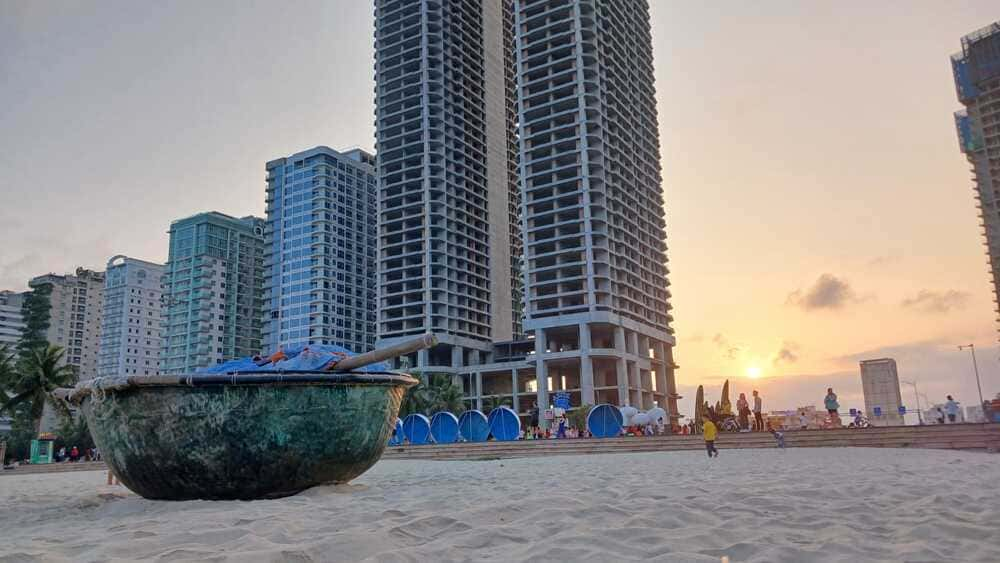
If you’re planning a Vietnam itinerary and wondering whether Da Nang is worth your time, this guide will help you figure that out and make the most of it if you go.
Getting to Da Nang from Nha Trang: All Options
If you’re traveling up the coast from Nha Trang (which is a popular stop for beach lovers), Da Nang is the logical next point on the map. Here’s how to make the move:
By Plane (1 hour – fastest option)
- Airlines: VietJet, Vietnam Airlines, Bamboo Airways
- Airport codes: NHA (Cam Ranh) → DAD (Da Nang)
- Flight time: ~1 hour
- Cost: From $25–$60 USD one way
- Pro tip: Book a morning flight to avoid delays and get more out of your day
Cam Ranh Airport (serving Nha Trang) is a bit far from the city center (around 45 minutes), so factor in travel time when booking.
By Train (9 to 10 hours – scenic route)
- Train classes: Soft seat, soft sleeper (best for long rides)
- Booking: Use 12GoAsia or buy tickets at the station
- Price: ~$15–$25 USD depending on class
- Why take it: You’ll pass through coastal and mountain views you won’t see from the highway. Bring snacks and water.
By Bus (10–12 hours – cheapest)
- Sleeper buses run overnight
- Not the most comfortable, but budget-friendly
- Use Sinh Tourist or Futa Buslines for more reliable service
- Cost: ~$12–$18 USD
- Tip: Always double-check the departure point, some agencies are far from central Nha Trang
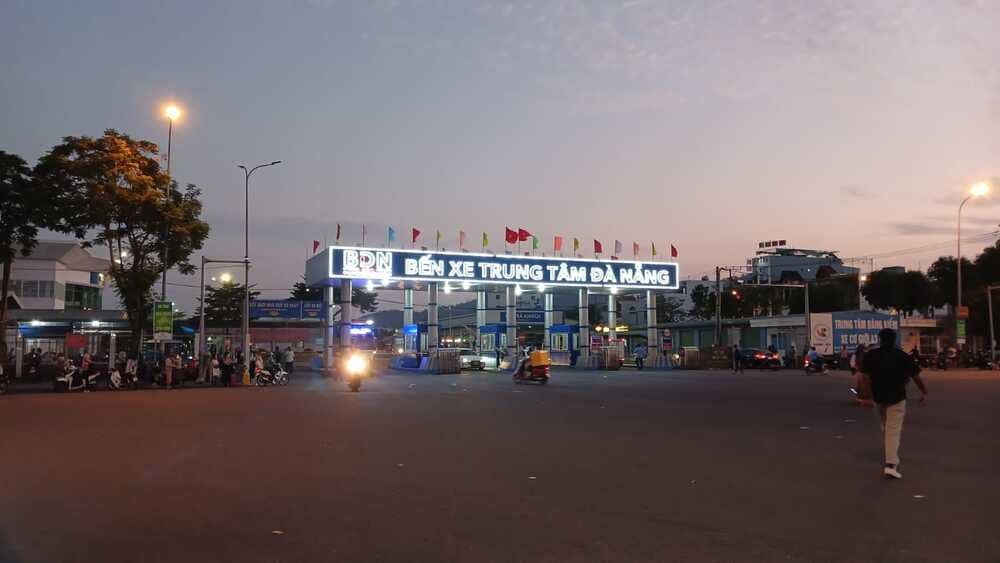
Where to Stay in Da Nang
1. My Khe Beach (Best for a relaxed, modern vibe)
- Quiet, clean, and 5–10 minutes by Grab to the city center
- Cafes, smoothie spots, and local restaurants within walking distance
- Good for digital nomads or people who want to be near the water
- Mid-range and budget hotels available, some with ocean views
- Recommended stays:
- Sala Da Nang Beach Hotel: clean, rooftop pool, walk to the beach
- Brilliant Hotel: affordable, near the river and Dragon Bridge
2. City Center (Hai Chau District) (Best for local feel & food)
- Close to Han Market, street food, and nightlife
- Easier to explore on foot or by scooter
- More Vietnamese locals than tourists
- Great if you’re interested in local food or culture over beach time
- Recommended stays:
- Vanda Hotel: across from the Cham Museum, modern rooms
- Avora Hotel: good location, basic comforts
3. Son Tra Peninsula (Best for nature & views)
- A bit far from the center (20–30 mins by Grab)
- Near Linh Ung Pagoda and Lady Buddha
- Great for hiking or a quiet weekend retreat
- Best if you have your own scooter or don’t mind longer Grab rides
- Recommended stays:
- InterContinental Danang: luxury beachfront resort
- Son Tra Resort & Spa: villas with mountain and ocean views
Things to Do in Da Nang
1. Marble Mountains (Ngũ Hành Sơn)
Just a short drive from Da Nang’s city center, the Marble Mountains are a group of five limestone and marble hills named after the five elements: metal, wood, water, fire, and earth. This site has been an important spiritual center for centuries, with Buddhist pagodas, shrines, and caves used historically for meditation and worship. During the Vietnam War, the caves also served as shelters and field hospitals. Today, it’s a popular spot to explore nature, culture, and panoramic views of Da Nang.
Here’s what you need to know before you go:
- Takes about 1 to 2 hours to explore comfortably
- Steps are steep and uneven in places, wear sturdy shoes (avoid slippery sandals)
- Some caves are dimly lit, adding to the atmosphere but bring a small flashlight or use your phone light if you want
- Optional elevator available for about 15,000 VND (only partway up) if you want to avoid stairs
- Entrance fee is around 40,000 VND (additional small fees for some specific spots)
- Best to visit early in the morning to avoid heat and crowds, and for clearer photos at the viewpoints
2. Relax at My Khe Beach
My Khe Beach is one of the most famous beaches in central Vietnam, known for its long stretch of soft white sand and gentle waves. Unlike the more crowded beaches in places like Nha Trang, My Khe offers a quieter and cleaner spot to relax, swim, and watch the sunset. It’s popular with both locals and tourists looking for a peaceful day by the sea.
What to know before you go:
- The beach stretches for about 20 kilometers, giving plenty of space to find a quiet spot
- Early morning and late afternoon are the best times for swimming and avoiding the sun’s peak heat
- Lifeguards are on duty at designated swimming areas for safety
- Sunbeds and umbrellas are available, often free if you buy a drink from nearby vendors
- Minimal beach vendors and less tourist crowds compared to other Vietnamese beaches
- Parking and cafes are plentiful nearby if you have a scooter or taxi
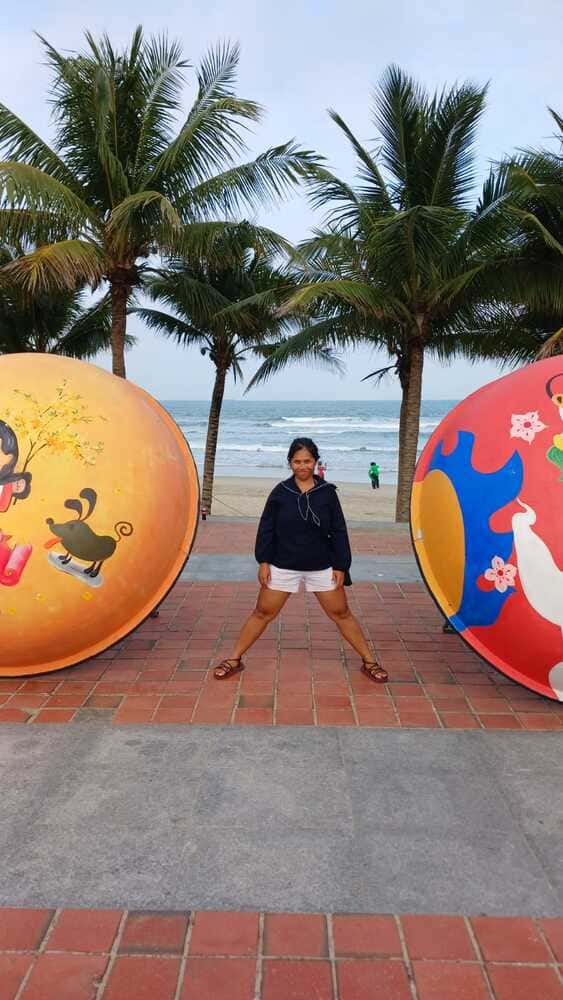

3. Linh Ung Pagoda & Lady Buddha Statue
Located on Son Tra Peninsula, Linh Ung Pagoda is home to the tallest Lady Buddha statue in Vietnam, standing at 67 meters high. The pagoda overlooks the sea and Da Nang city, making it both a spiritual and scenic stop. The peaceful atmosphere and beautiful architecture offer a break from the busy city.
Here’s what to expect:
- The Lady Buddha statue is visible from many parts of Da Nang, it’s a key landmark
- No entrance fee; donations welcome
- The site includes several pagodas, gardens, and meditation areas
- Best visited in the morning or late afternoon for cooler temperatures and softer light for photos
- Located about 10 km from downtown Da Nang, around 25–30 minutes by Grab or scooter
- Combine with a drive or ride around the nearby Monkey Mountain area for nature views
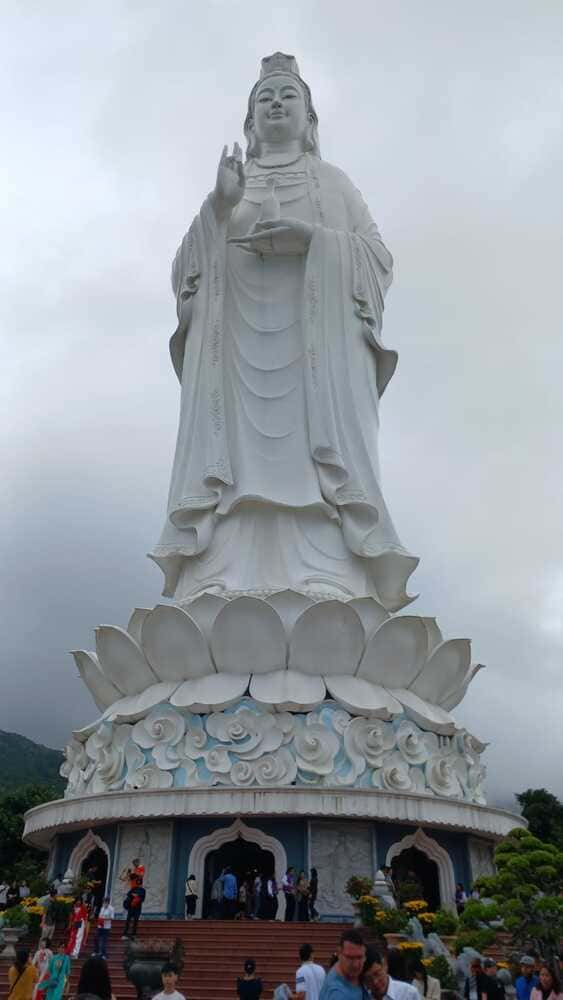
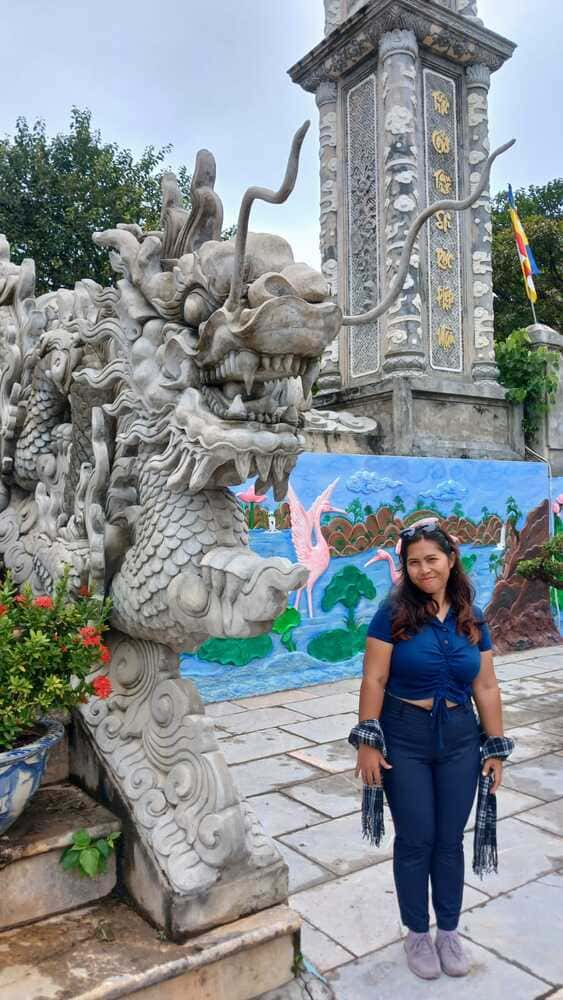
4. Dragon Bridge Fire and Water Show
Dragon Bridge is one of Da Nang’s most famous modern landmarks, a bridge designed to look like a dragon stretching across the Han River. On weekend evenings, the dragon “comes alive” with a fire and water show that draws locals and tourists alike.
Key details:
- The fire and water show takes place every Saturday and Sunday at 9 PM
- The dragon breathes fire and shoots water for about 5–10 minutes
- Free public event, easily accessible from many parts of the city
- Arrive 15–20 minutes early to find a good viewing spot along the riverbanks
- The best views are from the river promenade and nearby cafes with outdoor seating
- Nearby night markets and food stalls often open afterward for snacks and drinks
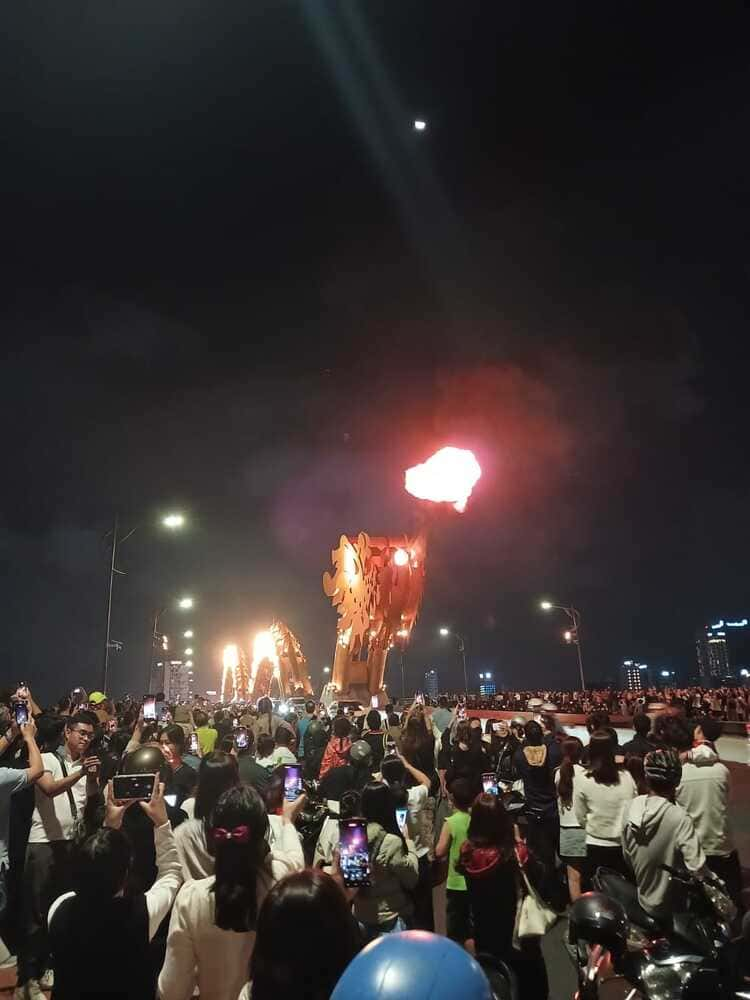
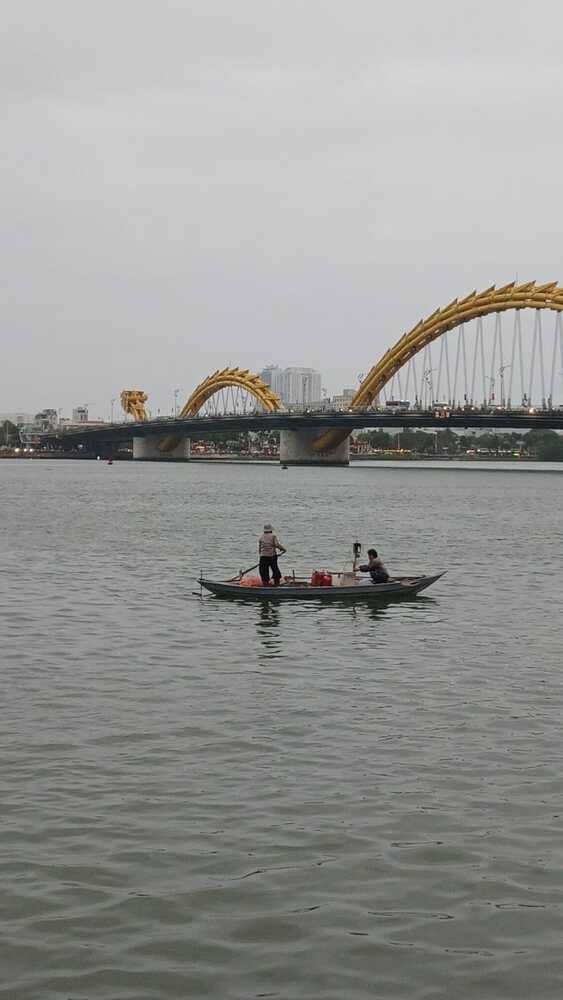
5. Ba Na Hills & Golden Bridge
Ba Na Hills is a large hill station and resort complex about 40 km from Da Nang. It’s famous for its cable car system (one of the longest in the world) and the Golden Bridge, a pedestrian bridge supported by giant stone hands. It’s a heavily commercialized tourist attraction, mixing theme park rides with European-style architecture.
What to consider:
- Entrance fee is about 850,000 VND (~$35 USD), including cable car rides
- The cable car ride itself takes about 20 minutes and offers stunning views over forests and mountains
- The Golden Bridge is the highlight, but expect crowds, especially on weekends and holidays
- Plan to spend 4 to 5 hours to see the main attractions and get lunch
- If you want a quieter experience, go early on a weekday
- Food and drinks inside can be pricey compared to Da Nang city
Day Trips from Da Nang
Da Nang’s location makes it an excellent base for exploring some of central Vietnam’s top attractions on easy day trips. Two of the most popular nearby destinations are the scenic Hai Van Pass and the historic town of Hoi An. Both can be comfortably visited in a day and offer very different experiences, one is about nature and dramatic coastal views, the other rich culture and architecture.
1. Hai Van Pass
The Hai Van Pass is a winding mountain road famous for its stunning views of the coastline and surrounding hills. It has long been a strategic military site and is now a favorite route for motorbike riders and travelers seeking impressive landscapes.
- Distance from Da Nang: About 30 km (roughly 30 minutes by car or motorbike)
- Highlights:
- Panoramic ocean and mountain views from multiple lookout points
- Historical landmarks like old French military bunkers
- Quiet cafes where you can pause and take in the scenery
- Best time to visit: Morning or late afternoon for cooler weather and better light
- Getting there:
- Rent a motorbike for the full experience if you’re confident riding
- Take a Grab or private car for a more relaxed trip
- Guided tours often include stops along the pass
- Tips:
- Bring a light jacket, it can get windy and cooler up there
- Have your phone or camera charged this is a photographer’s dream spot
- Watch your speed if riding; the road can be narrow and winding
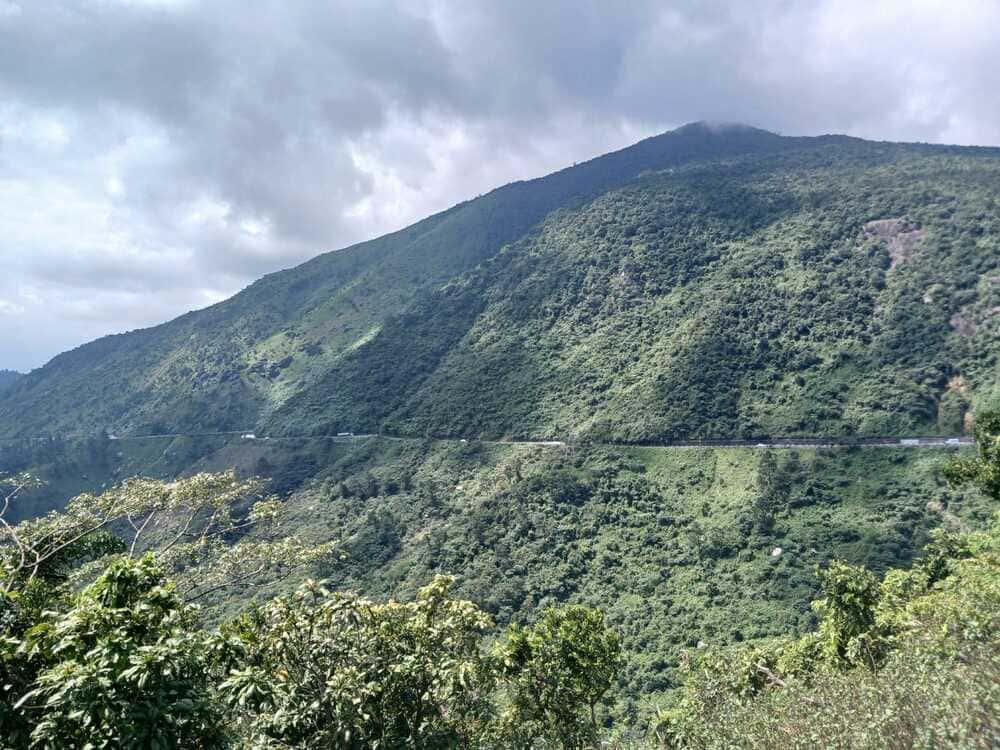
2. Hoi An
Just 30 km south of Da Nang lies Hoi An, a UNESCO World Heritage site known for its beautifully preserved ancient town. With charming streets, traditional architecture, and riverside cafes, it’s one of Vietnam’s most visited cultural destinations.
- Distance from Da Nang: About 30 km (45–60 minutes by car or bus)
- Highlights:
- Walk the lantern-lit streets of Ancient Town
- Visit landmarks such as the Japanese Covered Bridge and historic merchant houses
- Try local specialties like Cao Lầu noodles and White Rose Dumplings
- Explore nearby rice paddies or relax at An Bang Beach if time allows
- Best time to visit: Morning to afternoon for sightseeing; evening for lantern displays
- Getting there:
- Grab, taxi, or private car for the quickest route
- Public bus (#1 yellow bus) for budget travelers
- Rent a bicycle or motorbike to explore locally once in town
- Tips:
- Start early to avoid crowds, especially in peak tourist seasons
- Bring comfortable walking shoes, Ancient Town’s streets are cobblestone
- Don’t miss the riverside market and consider a boat ride on the Thu Bon River
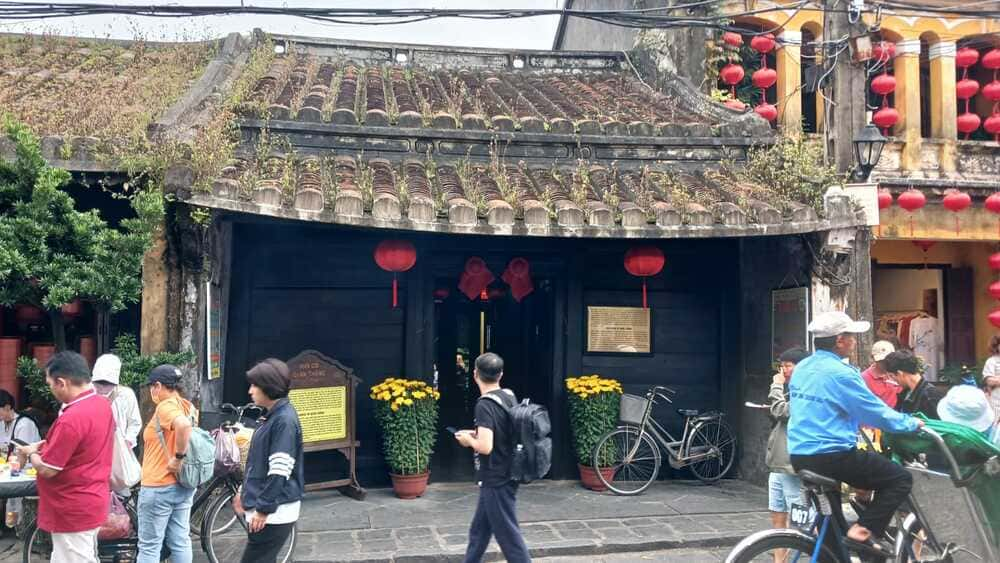
Practical Tips for Traveling in Da Nang
Whether you’re visiting Da Nang for a few days or planning day trips to nearby spots like Hoi An and Hai Van Pass, these practical tips will help you get the most out of your trip:
- Best time to visit:
- February to May offers the best weather, warm, dry, and less crowded
- Avoid September and October if possible due to the rainy season and occasional storms
- Getting around:
- Grab (ride-hailing app) is widely available, affordable, and reliable
- Renting a motorbike is popular and gives flexibility, but be cautious on busy roads
- Taxis and private car hires are good options for longer trips or groups
- Currency and payments:
- Vietnam’s currency is the Vietnamese Dong (VND); ATMs are widely available in Da Nang
- Cash is king in markets and smaller shops, but many restaurants and hotels accept credit cards
- Have small notes on hand for street vendors and tips
- Language:
- Vietnamese is the official language; English is commonly spoken in tourist areas but less so elsewhere
- Learning a few basic phrases like “hello” (xin chào) and “thank you” (cảm ơn) goes a long way
- Safety:
- Da Nang is generally safe for tourists, but always watch your belongings in busy places
- Traffic can be hectic; look both ways and stay alert when crossing streets
- If renting a motorbike, wear a helmet and drive carefully
- Health:
- Tap water isn’t safe to drink; buy bottled water or use filtered water
- Sunscreen and insect repellent are recommended, especially if you plan outdoor activities
- Carry basic medication for stomach issues or allergies, just in case
- Connectivity:
- Buying a local SIM card is cheap and easy at the airport or shops (Viettel, Mobifone, Vinaphone)
- Free Wi-Fi is common in cafes, hotels, and restaurants
- Electricity:
- Vietnam uses 220V and type A, C, and D plugs bring a universal adapter if needed
- Cultural etiquette:
- Dress modestly when visiting temples and pagodas
- Remove shoes before entering religious sites or someone’s home
- Avoid pointing your feet at people or religious objects
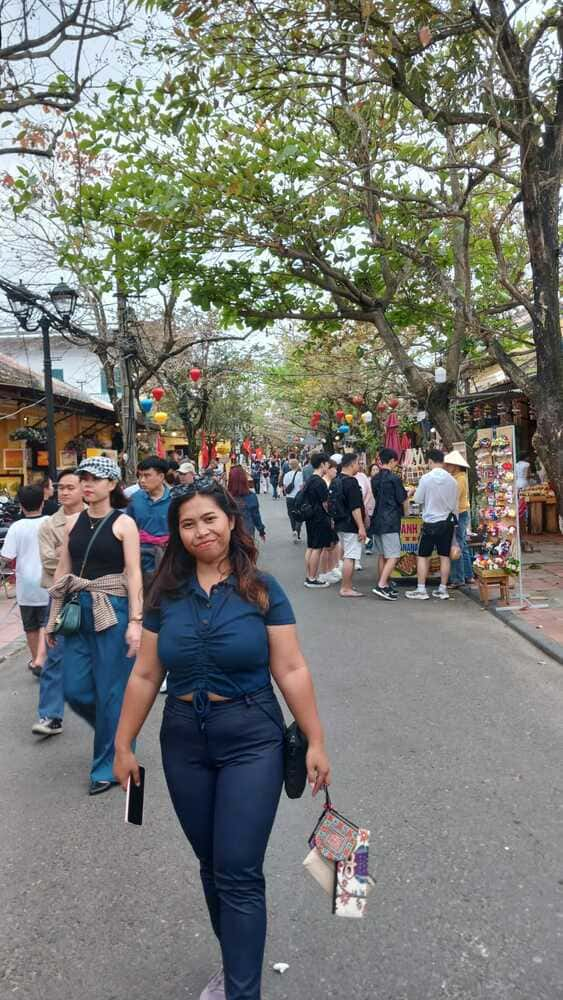
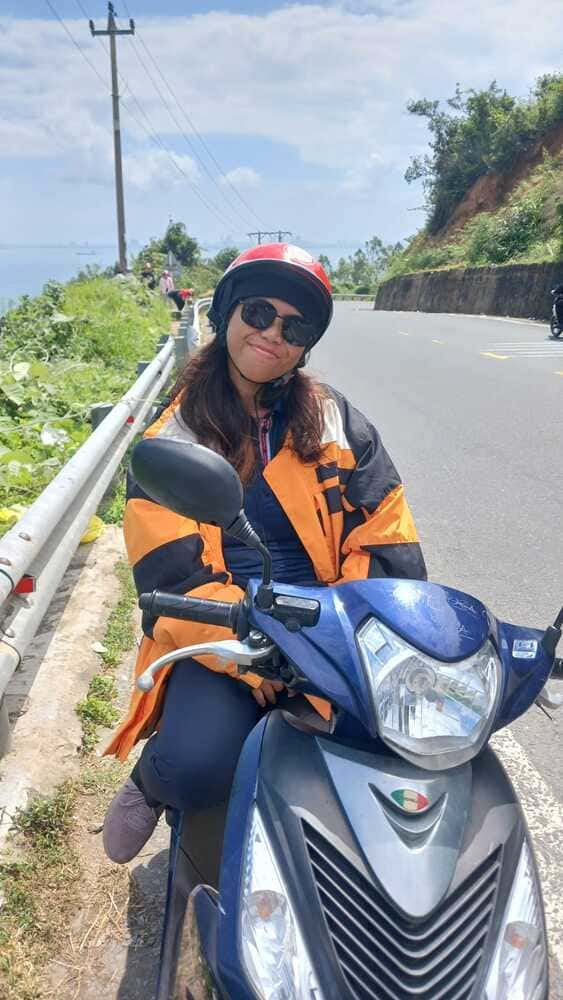
Final Thoughts: Is Da Nang Worth Visiting?
Da Nang offers a mix of natural beauty, cultural experiences, and modern convenience that makes it a great destination for many travelers. Whether you’re drawn by the scenic Marble Mountains, the relaxing beaches, or the chance to explore nearby Hoi An and Hai Van Pass, Da Nang provides a convenient and less crowded alternative to Vietnam’s bigger cities.
It’s a place where you can balance city life with nature, history with fresh seafood, and adventure with relaxation, all within easy reach. If you’re planning a trip to central Vietnam, Da Nang is definitely worth including on your itinerary.
If you want to explore more of Vietnam, check out these guides next:
- 13 Must-Try Vietnamese Dishes + Food Tips for Travelers
- A Slow-Travel Itinerary in South Vietnam
- Slow Travel in Phú Quốc: Where to Stay, Eat, and Reset as a Digital Nomad
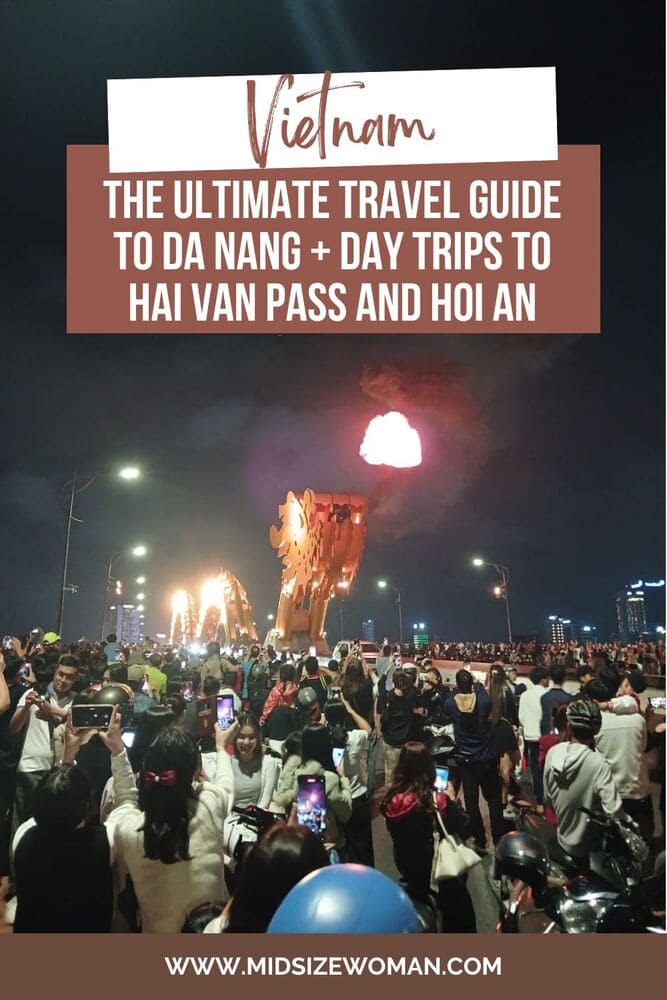







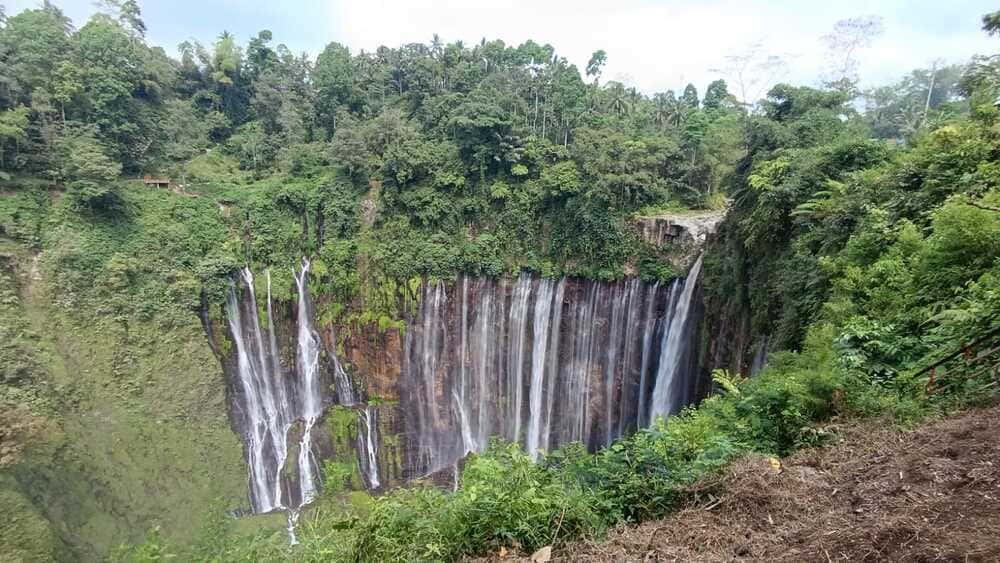
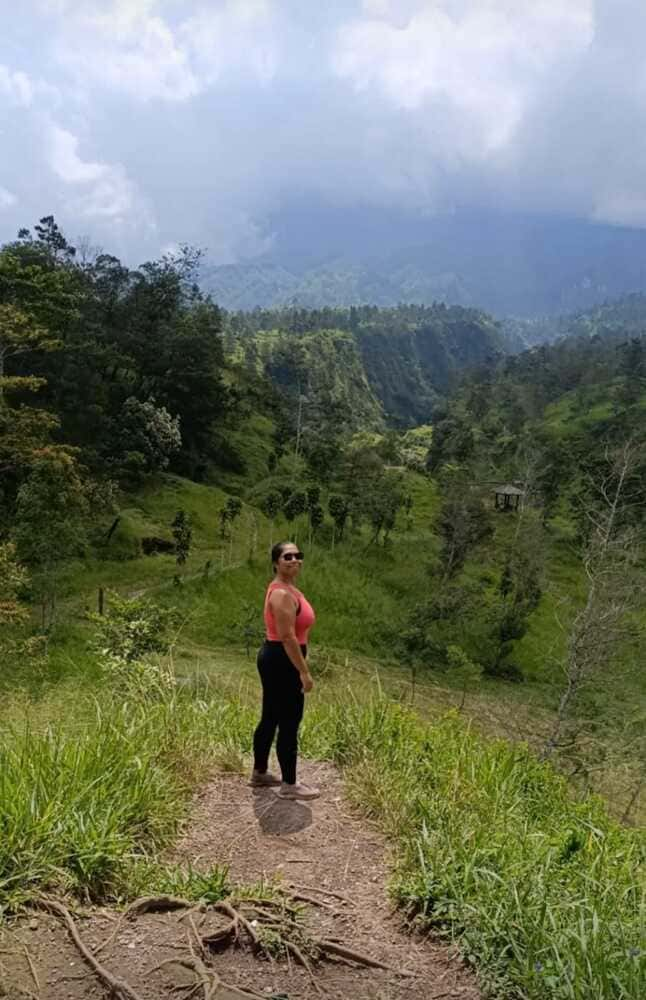


Leave a Reply